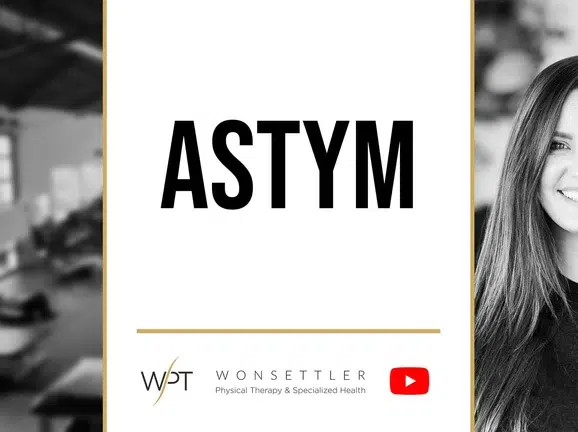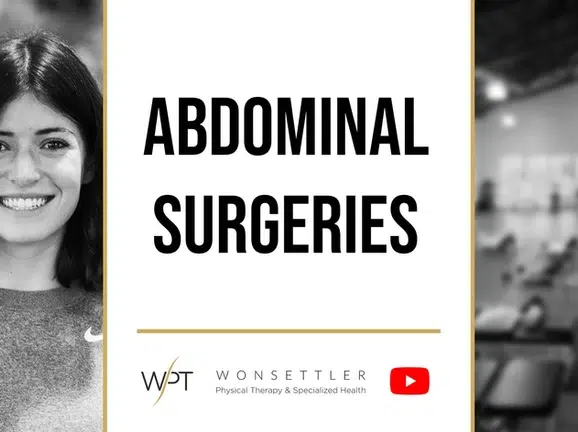What is ASTYM?
You may have heard of instrument assisted soft tissue mobilization (IASTM) techniques or foam rolling but ASTYM is different! ASTYM stands for Augmented Soft Tissue Mobilization. This differs from foam rolling and IASTM as it utilizes handheld instrumentation to engage dysfunctional tissue with the goal of stimulating a physiological response creating resorption of the dysfunctional tissue. What does that mean? Instead of “breaking up” that tissue with friction techniques we are teaching it to heal itself and realign to how it was prior to the dysfunction. This makes ASTYM a much less painful technique than traditional friction techniques.
Why ASTYM?
ASTYM works well with tendinopathies such as lateral epicondylitis, plantar fasciitis, achilles tendonitis and rotator cuff tendinopathy. ASTYM can also be used for other orthopedic conditions whether acute or chronic such as frozen shoulder. ASTYM also does well with “old” scar tissue or with chronic conditions that have not responded well to “traditional” therapies. ASTYM also works fast! Typically you will see improvements in 3-4 treatments!
In 2014, a randomized controlled trial ASTYM showed a 78% resolution of problems in comparison to 40% resolution in the group undergoing traditional therapy for the treatment of tendinopathies. A 2018 systematic review also showed that ASTYM can help patients after a total knee replacement to improve range of motion and decrease pain. In the same review ASTYM showed to improve ROM in patients following mastectomy and improved pain and stiffness in patients with foot and ankle injuries.
If you are someone who has suffered from these chronic issues ASTYM could be just what you need! With ASTYM treatment, followed by an individualized treatment plan involving strengthening, stretching and neuromuscular re-education to help teach the new regenerated tissue how we want it to work properly we can get you back to doing what you love!


